Cheatsheet: Age of Industrialisation | Social Studies (SST) Class 10 PDF Download
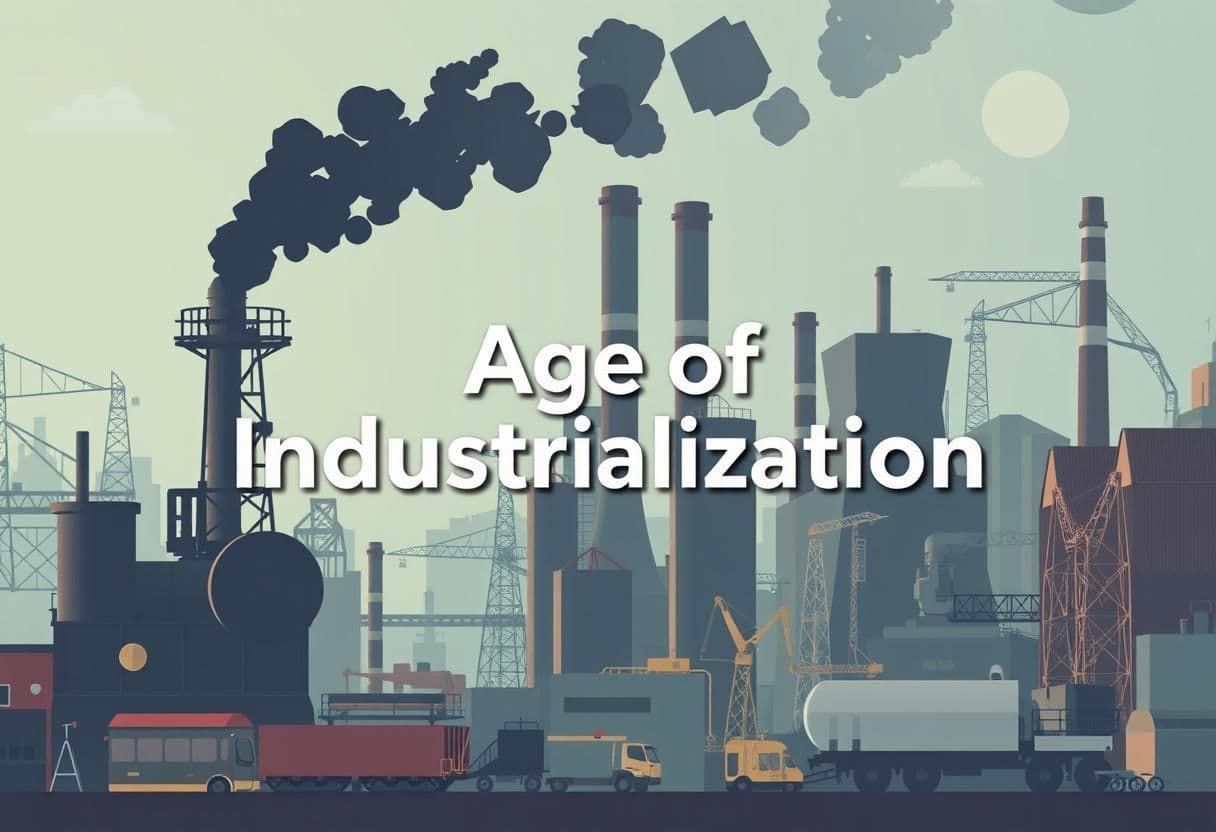
Introduction
This timeline explores the transformation brought by industrialisation in Britain and India. It explains how industries grew, how workers were affected, and how colonialism influenced Indian industry. Understanding these events helps us see how modern industrial society developed over time.
Proto-Industrialisation (Before Factories)
Before factories, merchants used rural workers to produce goods. This was called proto-industrialisation and was common in 17th–18th century Europe.
Rise of Factories in Britain
Factories slowly replaced home-based production with the help of new machines and organized labor.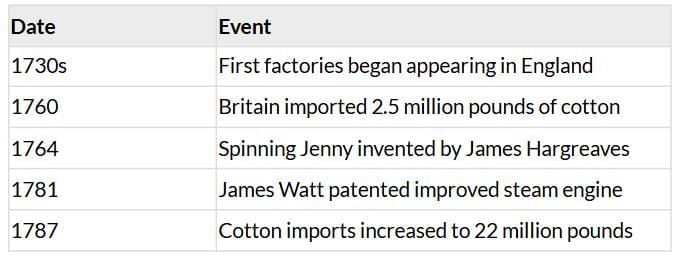
Industrial Change and Labour Conditions
Technology did not spread quickly, and most workers still used hand labour. Job conditions were poor and seasonal.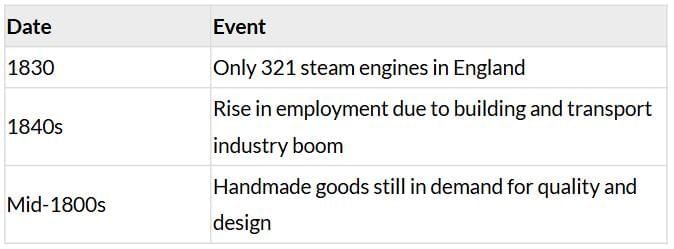
Indian Textile Industry and Colonial Impact
The British destroyed traditional Indian textile trade and took over production and markets.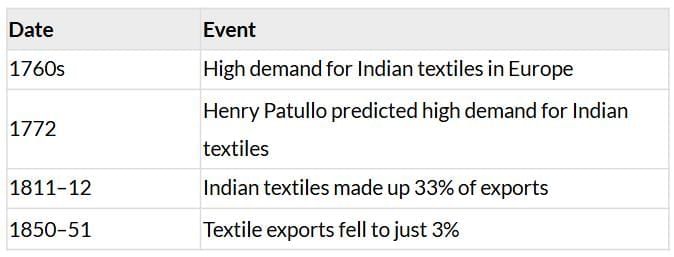
Beginning of Indian Factories
Indian industrialisation started slowly under colonial rule with cotton and jute mills.
Indian Entrepreneurs and Workers
Indian traders entered industry through profits made from earlier trade, especially in opium and cotton.
Industrial Growth and Swadeshi
During and after World War I, Indian industries expanded due to fall in imports and Swadeshi movement.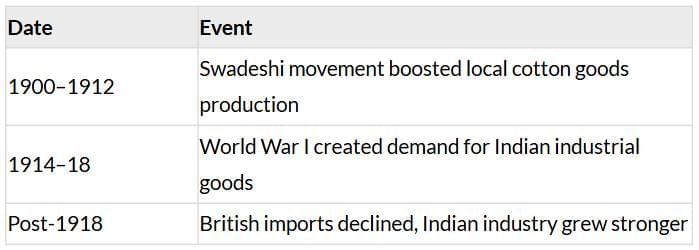
Role of Advertising and Markets
British goods were promoted using ads with Indian gods and royal images to appeal to Indian buyers. Indian manufacturers later used ads to support Swadeshi.
Summary of Key Points
- Industrialisation started before factories with proto-industrialisation.
- Factories in Britain rose with machines like the Spinning Jenny and steam engines.
- Hand labour remained important due to low wages and seasonal demand.
- British colonial rule damaged Indian industries and trade systems.
- Indian industrialisation began in mid-1800s with cotton and jute mills.
- Indian entrepreneurs invested in industry using trade profits.
- World War I gave a boost to Indian industries due to reduced imports.
- Advertisements were used to sell products and shape consumer behavior.
Conclusion
Industrialisation was not a simple shift from hand work to machines—it was a long, uneven process with major effects on societies, workers, and global trade. In both Britain and India, industrialisation reshaped economies and lives. While machines and factories grew, traditional crafts and small industries continued to play a vital role. Understanding this chapter helps us see how modern economies and working conditions evolved, and how colonialism shaped industrial change in countries like India.
|
66 videos|614 docs|79 tests
|
FAQs on Cheatsheet: Age of Industrialisation - Social Studies (SST) Class 10
| 1. What were the key features of industrialisation before the Industrial Revolution? |  |
| 2. How did the factory system transform production during the Industrial Revolution? |  |
| 3. What role did steam power play in the industrialisation process? |  |
| 4. How did industrialisation impact colonies like India? |  |
| 5. What were the peculiarities of industrial growth in India compared to Europe? |  |
















